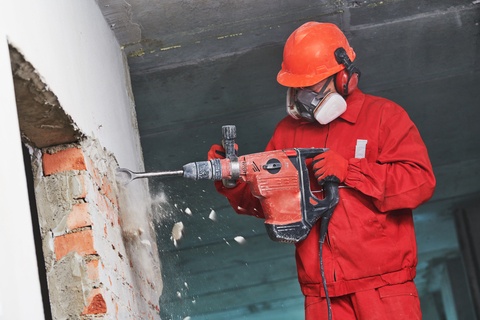Precision Medicine Treatment: Gene-Targeting Mesothelioma
A new precision medicine treatment for mesothelioma comes from scientists in Italy. This form of mesothelioma occurs after asbestos exposure in people with a genetic mutation. The mutation is represented by patients with an inherited cancer syndrome. These patients typically have an even worse prognosis than other mesothelioma patients. But the Italian team came up with a way to target the mutated gene. This form of treatment is called precision medicine. Precision medicine treatment looks at the genetics of a patient to select a treatment that will work best for them. Discovery of a DNA Gene Mutation Malignant pleural mesothelioma is a rare and aggressive cancer caused by exposure to asbestos. Malignant mesothelioma is one of the most aggressive kinds…









